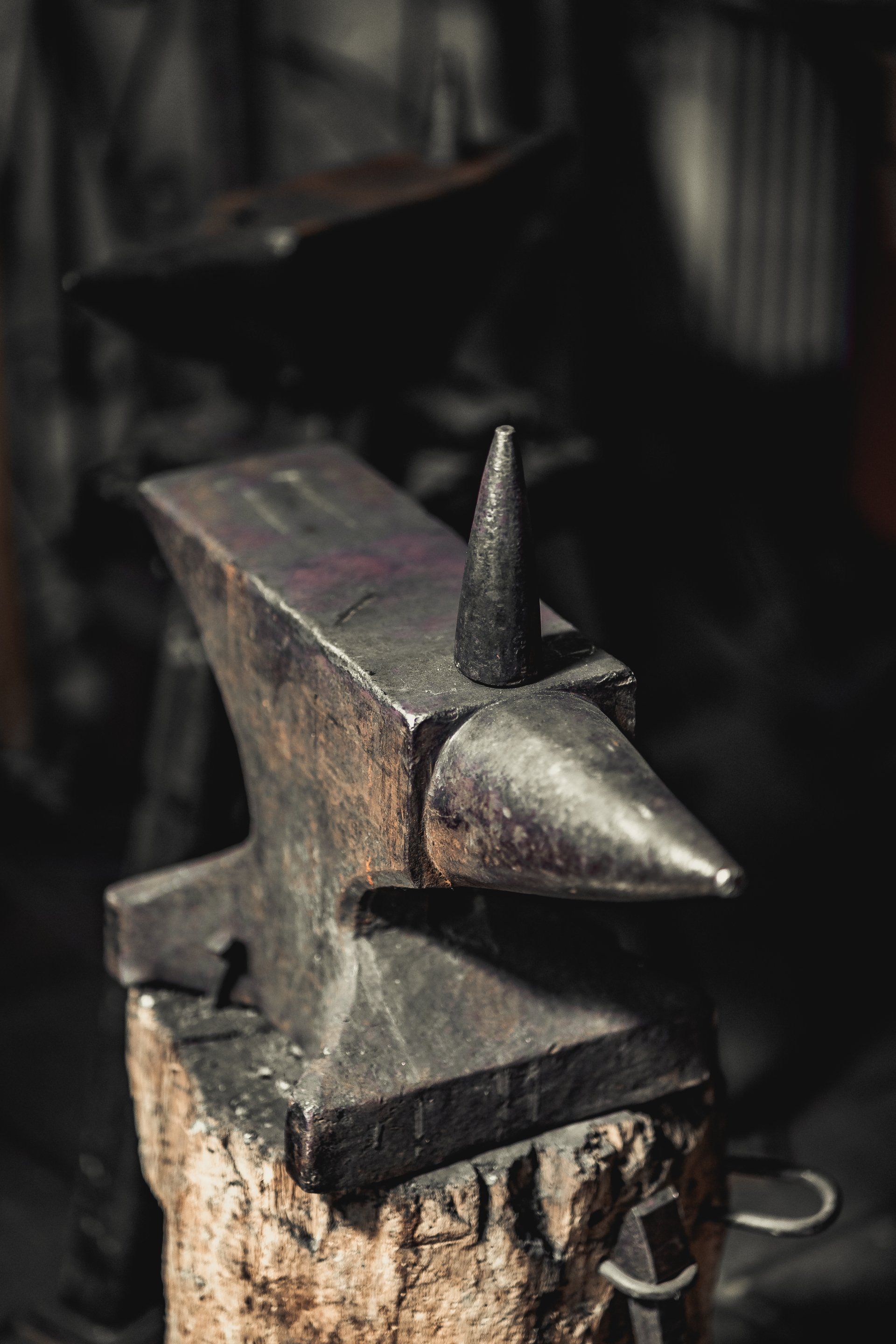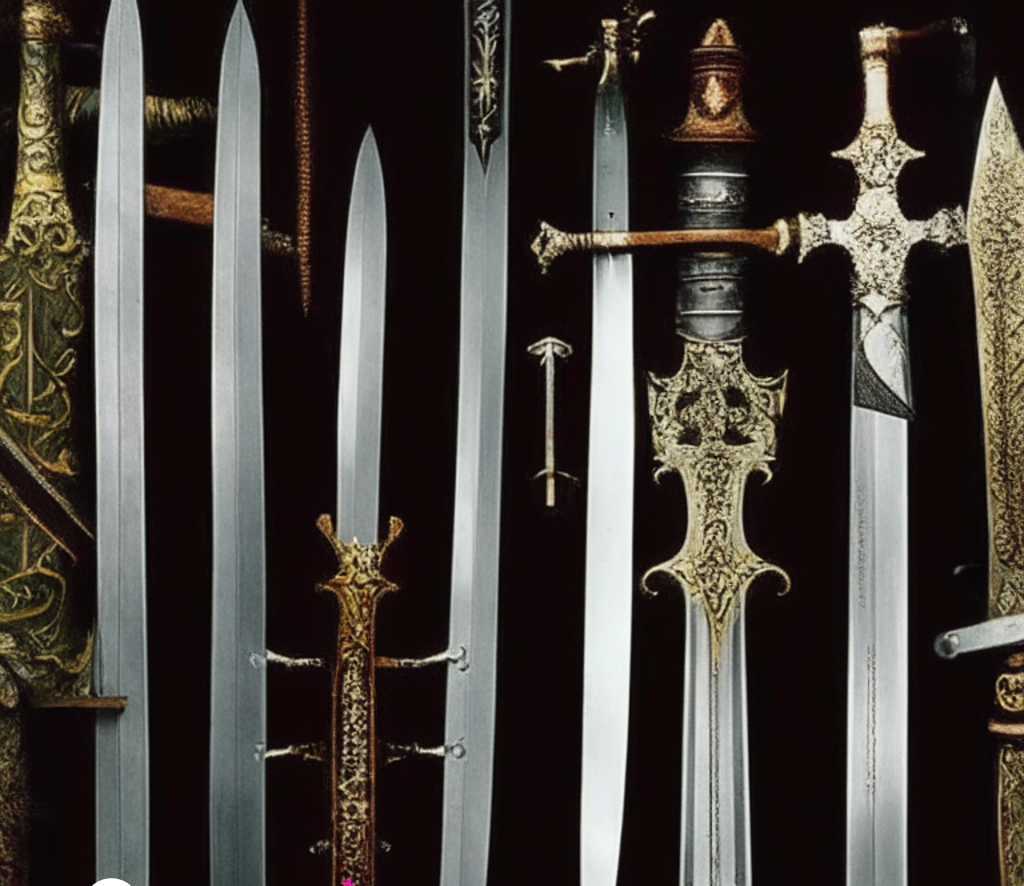Drakon Forge Smithing Thoughts

The ancient craft of blacksmithing has captivated artisans and enthusiasts for centuries. One of the most rewarding and essential aspects of this art is forging a knife. The process of transforming raw metal into a finely crafted blade requires skill, precision, and passion. In this comprehensive guide, we'll take you through the step-by-step journey of forging a knife, unlocking the secrets of this time-honoured craft. Step 1: Designing Your Knife Every great creation begins with a vision. The first step in forging a knife is to design your masterpiece. Consider the purpose of the knife, its intended use, and the style you desire. Sketch out the blade's shape, handle, and any decorative elements you wish to incorporate. This blueprint will be your guiding light throughout the forging process, ensuring you stay true to your artistic vision. Step 2: Selecting the Right Material Choosing the right material is crucial for the success of your knife. High-carbon steel is a popular choice due to its exceptional edge retention and durability. It is essential to understand the properties of the steel, such as its carbon content and alloy composition, as they will influence the blade's performance and appearance. Select a high-quality piece of steel that matches your design and desired characteristics for the finished knife. Step 3: Heating and Shaping With your design and material ready, it's time to ignite the forge and bring the steel to a critical temperature. The heated metal becomes malleable, allowing you to shape it using a hammer and anvil. Carefully and precisely, you'll draw out the blade's shape, thinning and lengthening the metal to achieve the desired form. Patience and skill are vital during this step, as even the slightest hammer strike can significantly affect the final shape of the blade. Step 4: Quenching and Tempering Once the blade is shaped, it's essential to quench it in oil or water to rapidly cool and harden the steel. This critical step will determine the blade's hardness and strength. The quenching process must be carefully controlled, as too rapid a cooling rate can lead to cracks and brittleness. Following quenching, the blade is tempered to reduce brittleness and enhance toughness. This delicate balance of heating and cooling ensures a blade that strikes the perfect balance between sharpness and durability. Step 5: Grinding and Finishing With the blade's structure established, it's time to refine the edge and grind the blade to its final shape. This process demands patience and precision to achieve the desired sharpness and balance. A skilled blacksmith uses various grinding tools and techniques to shape the blade's bevels and edge. After grinding, the blade is meticulously finished, polished, and sharpened, ready to showcase its beauty and functionality. The finishing touches include smoothing the handle, adding any decorative elements, and ensuring the knife is well-balanced. Forging a knife is a labour of love, a dance between fire and metal, skill, and artistry. As you wield the hammer and shape the steel, you connect with an ancient tradition that spans generations. The craft of blacksmithing teaches patience, dedication, and an appreciation for the fusion of craftsmanship and creativity. So, why not embark on your own journey of knife forging? Unleash your passion and discover the satisfaction of creating a blade that embodies your unique vision and skill. In the hands of a skilled blacksmith, a simple piece of metal becomes a work of art and a powerful tool. Embrace the art of blacksmithing, and let your creativity flow through the fiery heart of the forge.







